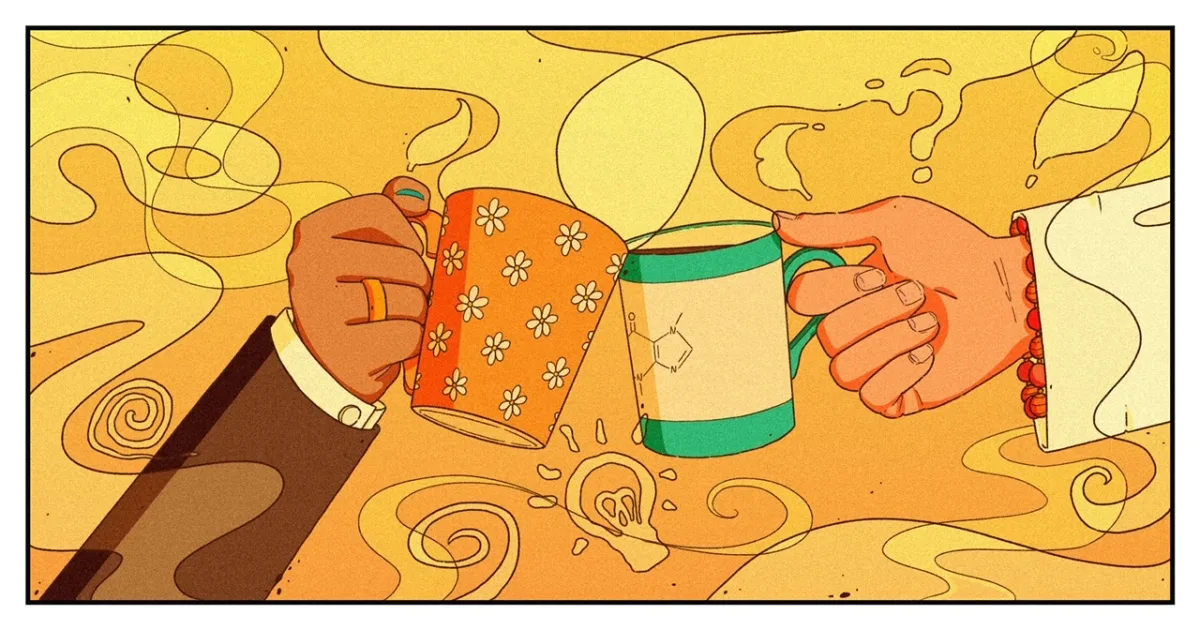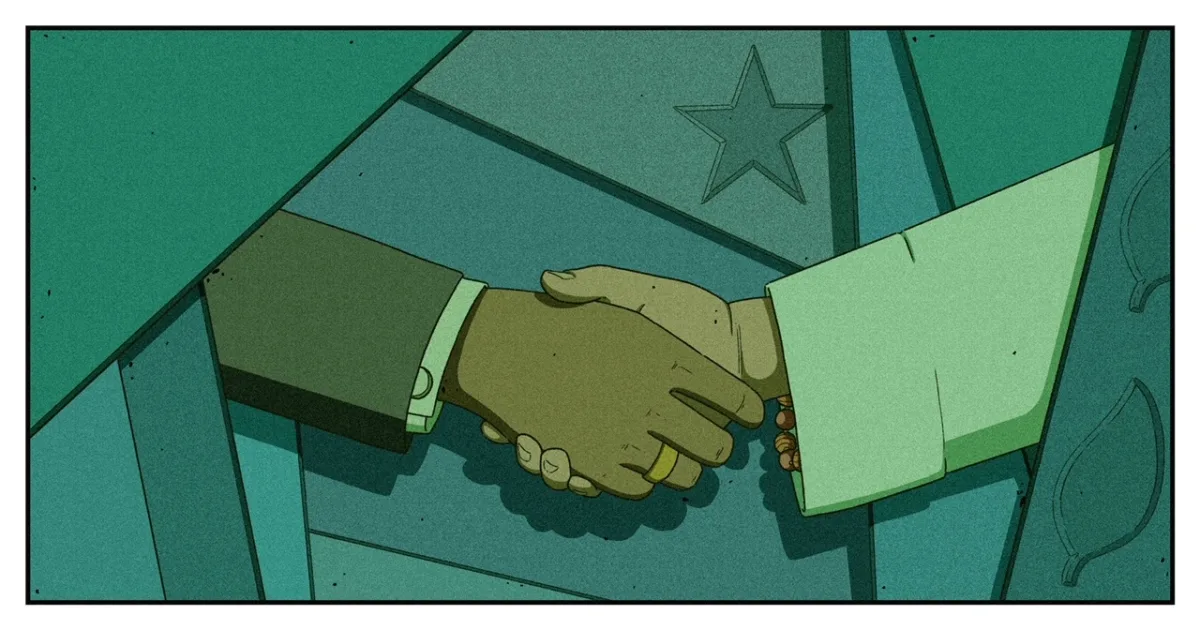This is where we fully align our expectations of each other. Both sides ask questions and listen to responses to make sure we have a shared understanding of the project’s structure, timeline, contributors and ways of communicating.
It’s also a time for clarifying our ecological ambitions. It’s a chance to fully embed sustainability in the project, in both our activities and the end result.
Materiality assessment, to know what matters
On our side, there are two especially important steps in the start-up phase. In the materiality assessment, we look at how we intend to go about our work and ask ourselves how we can minimize the material impact of our activities. The stakeholder analysis is about the bigger picture. It’s about understanding the impact of the solutions that we might devise. It’s natural for this to include the perspectives of the planet and society. We’ll discuss the results with you, of course. It’s important to have a shared understanding here.
Team set up and expectations
You will be invited to the start-up by our assigned Project Manager who will introduce you to all the experts involved in the project, one of them will be the Scientific Responsible. All projects are equipped with a minimum of a project manager and a scientific responsible.
The roles are transparent and we know from experience the value of the set-up. With our defined team, we deliver on time, on budget and with the right added value catering to your need. They will challenge each other as they will challenge you. Expect to be challenged.












